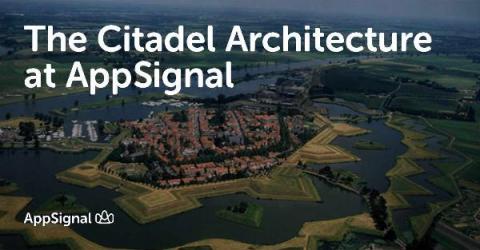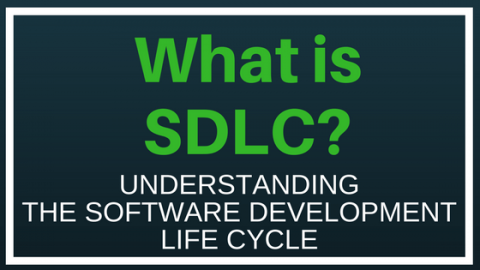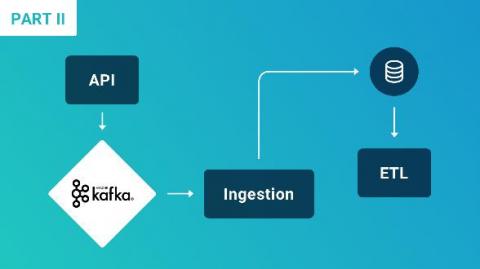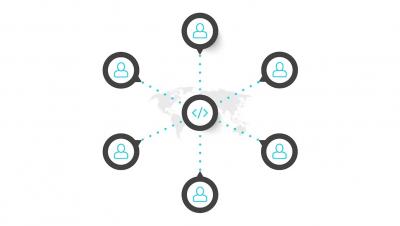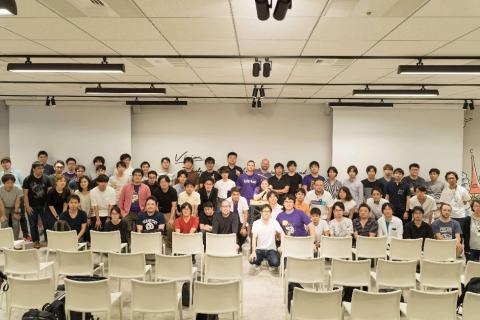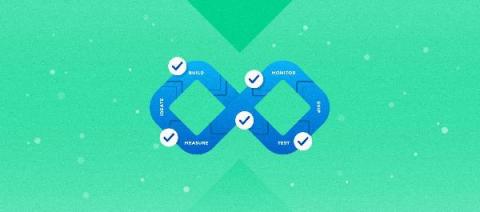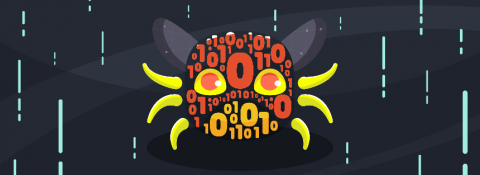Updates from Bugfender Q1, 2020
Welcome to the spring Bugfender newsletter. Despite COVID-19 and thanks to being a remote company, we continue working on Bugfender to bring you new updates and features you can take advantage of. Bugfender is now hosted in twin datacenters. With a combination of High Availability and Master-Replica setups, we’re now able to process logs faster than ever and bring the service back up much faster in the unlikely event of datacenter-wide outages.




